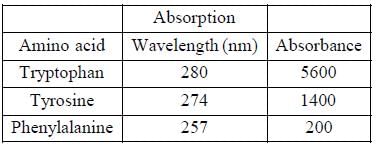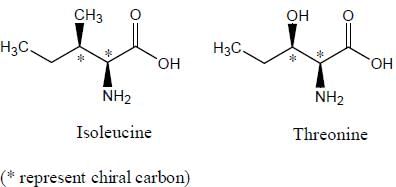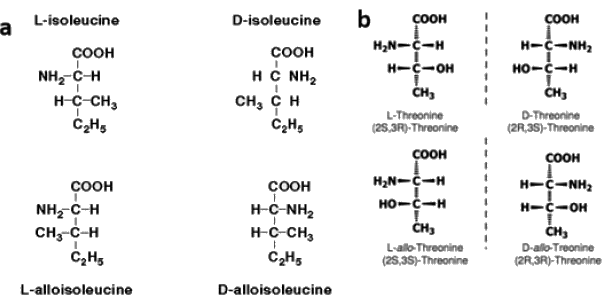Amino Acids And Proteins MCQ - MCAT MCQ
21 Questions MCQ Test - Amino Acids And Proteins MCQ
Which of the following amino acid is/are not encoded by standard codons
Which of the following amino acid shows highest absorbance at 280 nm
Which of the following names do not represent the name of a peptide
Amino acids that are most likely to be phosphorylated in a protein during a signalling event are
Total number of known amino acids in biological systems is
On the Ramachandran plot two kind of angles are presented on the x and y axis named phi and psi respectively. These angles represent the:-
Which of the following amino acids will have Diastereomers.
If an amino acid with neutral side chain has pKa value of 3.4 and pKb value of 9.6 at which of the following pH the amino acid will migrate towards anode
Which of the following sequences have highest propensity to form alpha helix
A clinician, during the ultrasound of a pregnant lady found that the lady had multiple fracture of in her fetus. She did not report any trauma. Later a genetic abnormality was identified to cause this due to the non-formation of collagen in the fetus as the mutation replaced glycine to serine in collagen. The name of this syndrome is
Which of the following proteins primarily have alpha helix in their structure
The correct statement about the biosynthesis of amino acids are
Which of the following type of secondary conformation is in the same quadrant of the ramachandran plot
A person having a syndrome, where he has excessive flexibility in his body and can fold his arms and legs like a rubber, which is clinically known as Ehler Danlos Syndrome. Which of the following is true about this disease
Which of the following is not true about the secondary conformation of proteins
Which of the following statements is/are true about proteins and amino acids.
A new amino acid was found on the surface of moon with no ionizable side chain and pKa value 1.8 and pKb value 9.5. The isoelectric point of this new amino acid is _____________ [Answer upto two decimal places]
The isoelectric point of lysine which has pKb 9.06, pKa 2.16 and pKR as 10.54 is ____________[Answer upto two decimal places]
The pI for a polyelectrolyte that contains three carboxyl groups and three amino groups whose pKa values are 4.0, 4.6, 6.3, 7.7, 8.9, and 10.2 is _______________

























